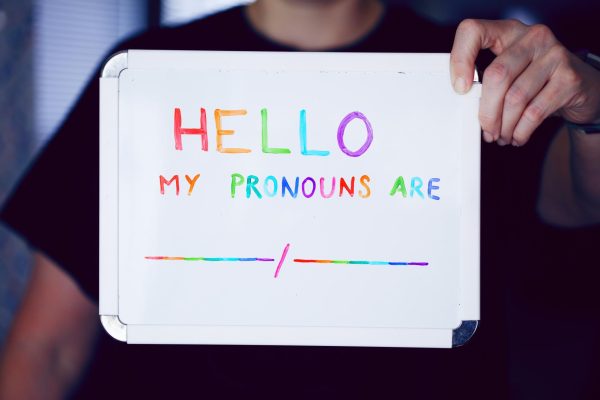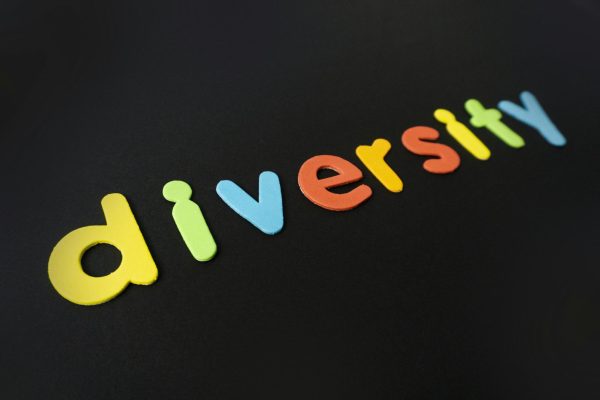No (Quality) Education Without Representation

Photo courtesy of thejournal.com
We live in a society where minority students struggle disproportionately compared to their Caucasian counterparts. This issue results in lower high school graduation rates and a lessened chance to attend college.
Minority students are often stereotyped as being unenthusiastic about their education, but the underlying reasoning for this education gap lies in the schools themselves. The majority of the curriculum is not relevant to students of color. The historical figures, the literary characters, and the real-life scenarios in math typically center around white members of society.
Educators want to promote meaningful learning, but how can we accomplish that if students cannot connect to the material?
School faculties are also generally white-dominated. This disparity presents a problem to minority students, as it becomes challenging to see themselves working in a field where there is a limited representation. As an aspiring related service provider in schools, I want education to be inclusive for all students regardless of race. The American education system desperately needs a diversified curriculum and more representation in faculty if we want to lessen the racial achievement gap in students.
Students should be able to see themselves in the material they are learning. Meaningful learning is driven by relevant material, so establishing that connection between students and content is essential. Social studies are a prime example of minimal cultural diversity in the curriculum.
As these courses feature minimal racial diversity, minority students often struggle to value and connect with history. In literature, only 10% of characters in a given sample were characterized as BIPOC. Our society is too multicultural to lack diversity in our curriculum. Instead of celebrating the cultures, contributions, and works of various ethnic groups, the curriculum inadvertently deems these as unimportant.
The benefits of diverse content are not limited to racial minorities. All students gain from the exposure and increased cultural understanding and awareness from learning about and with various cultures. We have to make school matter for every student. When it comes to helping students of color and shortening the achievement gap, educators should provide opportunities to diversify the content to increase its relevance to these students.
Schools would benefit immensely from having a diverse faculty. This notion is especially true in schools with a large population of minority students, where these pupils often feel invisible and unappreciated.
Across the nation, white teachers disproportionately outnumber teachers of a Black or Latin American origin (2% of teachers are Black or Latin American). Having a diverse faculty can help to limit racial gaps in educational opportunities and achievements. For students of color, having a teacher who represents them is a positive for their academic success. Not only does it provide them with faculty to connect to, but it also boosts their confidence and shows that they can succeed in the education field.
The concept that seeing is believing is relevant in this situation as students of color can have positive role models in diverse faculty. The presence of diverse teachers is likely to make education meaningful for students of color, and that representation will pay dividends for their academic and future success.
Schools must diversify their curriculum and their teaching staff. Students deserve representation in their curriculum instead of being made invisible. If we do not show minority students that we value them in education, then that system of oppression continues.
A diverse faculty would be beneficial for students of color as well. These professionals act as role models and show students that minority populations can make it in the field of education. While these benefit minority students the most, all students can benefit from these actions. This can help promote cultural awareness along with understanding the aspects of diverse cultures.
I have two calls to action.
First, as Moravian has a strong teacher education program, we should instill the value of a diverse curriculum for the next generation of teachers so they can support their future students. This can be done through lessons and projects on diversity, discussions with minority teachers, and field placements in schools with a large minority population.
The other action would be to promote the work and achievements of minority faculty. Doing so at a local level could leave a lasting impact on younger children who may be inspired by these figures. The achievement gap in education for certain populations is unjustifiable.
By making learning meaningful through representation in content and the inclusion of a diverse faculty, we can take strides to promote educational equality.










Joyce Hinnefeld • Apr 2, 2022 at 8:55 am
What an excellent, and deeply important, article, Alex–thank you. You make so many essential points here, but here’s one that resonates especially powerfully for me: “All students gain from the exposure and increased cultural understanding and awareness from learning about and with various cultures.”